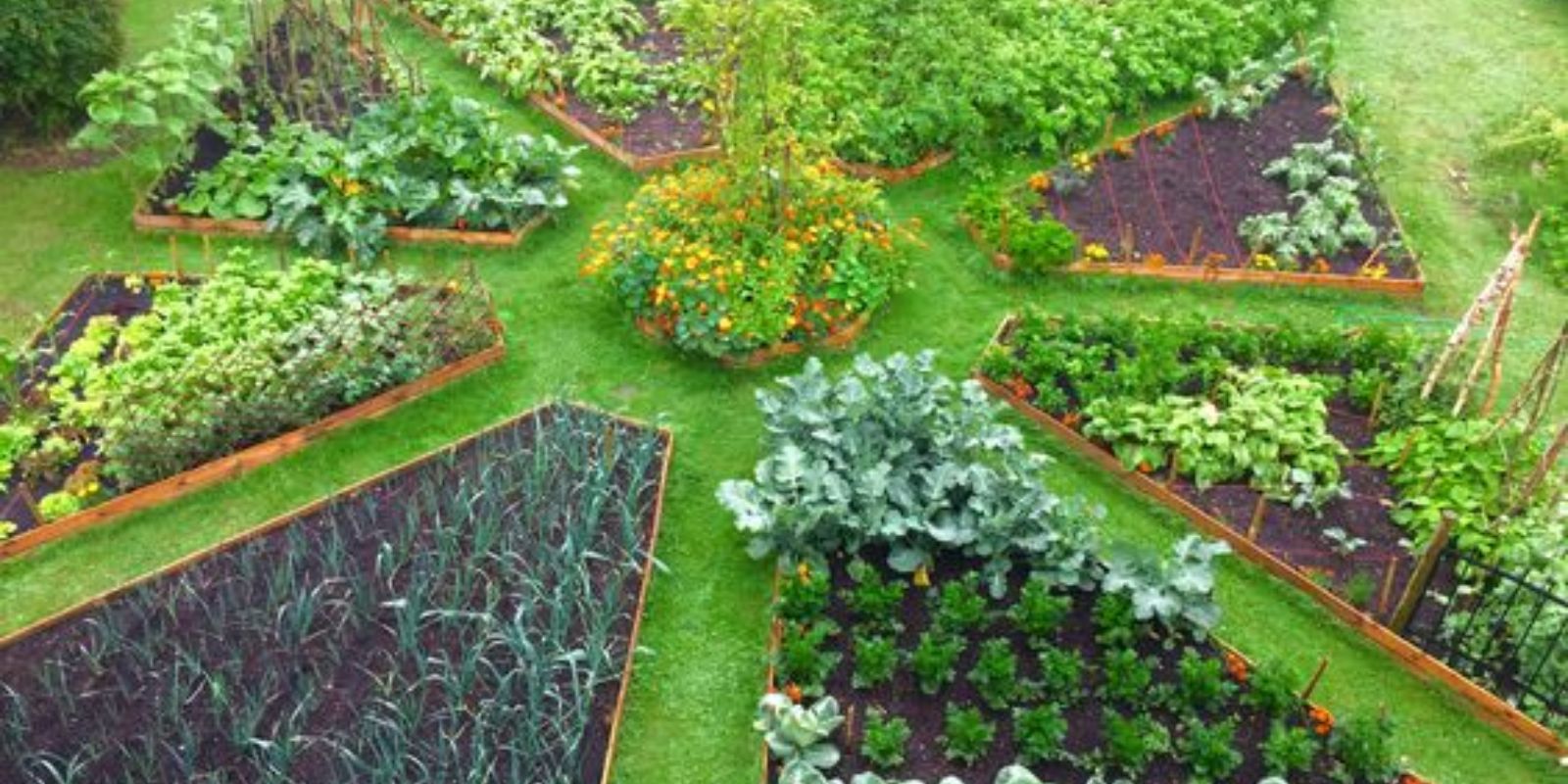Companion planting is a time-tested gardening technique where certain plants are grown together to enhance growth, repel pests, and optimize space. Understanding which plants benefit from being together and which ones don’t is crucial for a successful garden. One common pairing that gardeners often question is tomatoes and cucumbers. In this article, we’ll explore why tomatoes and cucumbers are not ideal companions, delve into the science of companion planting, and offer alternative plant combinations that can lead to a thriving garden.
Understanding Companion Planting
Companion planting is based on the idea that some plants can improve each other’s growth, while others might hinder it. This practice can help in managing pests, improving soil health, and maximizing garden space. The concept hinges on various factors, including nutrient needs, growth habits, and the ability of certain plants to attract or repel insects.
Why Tomatoes and Cucumbers Don’t Mix
Tomatoes (Solanum lycopersicum) and cucumbers (Cucumis sativus) are often planted together, but this combination is not always ideal. Here’s why:
- Nutrient Competition: Both tomatoes and cucumbers are heavy feeders that require substantial nutrients from the soil. Planting them together can lead to competition for these essential nutrients, potentially resulting in stunted growth for both plants.
- Disease Susceptibility: Tomatoes and cucumbers are susceptible to similar diseases, such as powdery mildew and blight. Planting them together can increase the likelihood of disease spread, as pathogens can easily move between plants.
- Growth Habits: Tomatoes and cucumbers have different growth habits. Tomatoes tend to grow upright, while cucumbers are sprawling and require space to spread. This difference can lead to overcrowding, limiting air circulation and increasing the risk of fungal infections.
Successful Companion Planting with Tomatoes
Instead of pairing tomatoes with cucumbers, consider these beneficial companion plants that enhance tomato growth and protect them from pests:
- Basil (Ocimum basilicum): Basil is an excellent companion for tomatoes. It helps repel pests such as aphids, whiteflies, and mosquitoes. Additionally, basil can improve the flavor of tomatoes and stimulate their growth.
- Marigolds (Tagetes spp.): Marigolds are known for their ability to repel nematodes and other soil-dwelling pests. Planting marigolds alongside tomatoes can help protect the roots from these harmful insects.
- Peppers (Capsicum spp.): Peppers and tomatoes have similar growing requirements, making them good companions. Both plants benefit from similar soil conditions and can help each other thrive.
- Garlic (Allium sativum): Garlic has natural fungicidal properties that can help protect tomatoes from diseases such as blight. It also repels aphids and other garden pests.
- Carrots (Daucus carota): Carrots can be planted near tomatoes to take advantage of the space. They help loosen the soil, making it easier for tomato roots to grow while the tomatoes provide shade to the carrots.
Alternative Plant Combinations for Cucumbers
Cucumbers thrive when paired with plants that complement their growth habits and requirements. Here are some excellent companion plants for cucumbers:
- Beans (Phaseolus spp.): Beans are great companions for cucumbers. They help fix nitrogen in the soil, which benefits the cucumber plants. Additionally, the bean plants can provide shade and support for cucumbers.
- Corn (Zea mays): Corn serves as a natural trellis for cucumbers to climb, saving space and promoting healthy growth. Corn also provides shade, which can help cucumbers thrive in hotter climates.
- Radishes (Raphanus sativus): Radishes can be planted near cucumbers to help deter pests such as cucumber beetles. They also grow quickly, allowing you to harvest them before they interfere with the cucumber plants.
- Sunflowers (Helianthus annuus): Sunflowers provide vertical space for cucumbers to climb. Their large leaves also offer shade, helping to keep cucumbers cool and reducing the risk of heat stress.
- Nasturtiums (Tropaeolum majus): Nasturtiums are known for their ability to repel aphids, whiteflies, and other pests that can affect cucumbers. They also attract beneficial insects, such as ladybugs, which prey on harmful pests.
Practical Tips for Companion Planting
To make the most of companion planting in your garden, follow these tips:
- Plan Your Garden Layout: Consider the space requirements and growth habits of each plant. Ensure that plants with different needs are placed in suitable locations to minimize competition.
- Rotate Crops: Practice crop rotation to reduce the risk of soil-borne diseases and pests. Avoid planting the same family of plants in the same spot each year.
- Monitor Plant Health: Regularly check plants for signs of disease or pests. Early detection and intervention can prevent problems from spreading.
- Provide Adequate Space: Ensure that plants have enough space to grow and thrive. Overcrowding can lead to reduced air circulation and increased risk of disease.
- Use Mulch and Cover Crops: Mulching and planting cover crops can help maintain soil health and reduce competition from weeds.
Conclusion
Companion planting is a valuable technique that can enhance garden productivity and health. While tomatoes and cucumbers may not be the best companions, understanding the principles of companion planting allows you to make informed decisions and create a thriving garden. By pairing tomatoes with plants like basil, marigolds, and peppers, and choosing suitable companions for cucumbers such as beans, corn, and radishes, you can optimize growth and reduce the risk of pests and diseases.
Explore the secrets of companion planting to maximize your garden’s potential. Share your experiences or ask for more tips below—let’s cultivate a flourishing garden together! 🌱🌟

